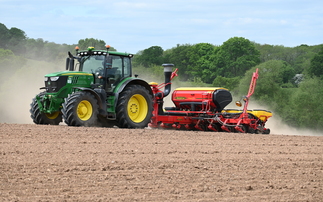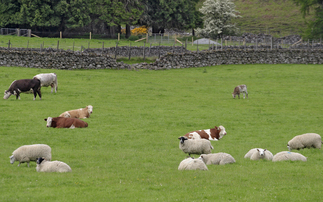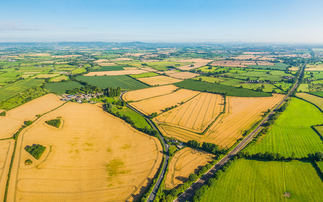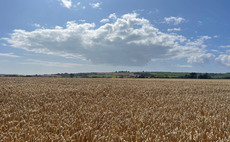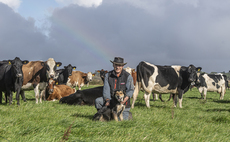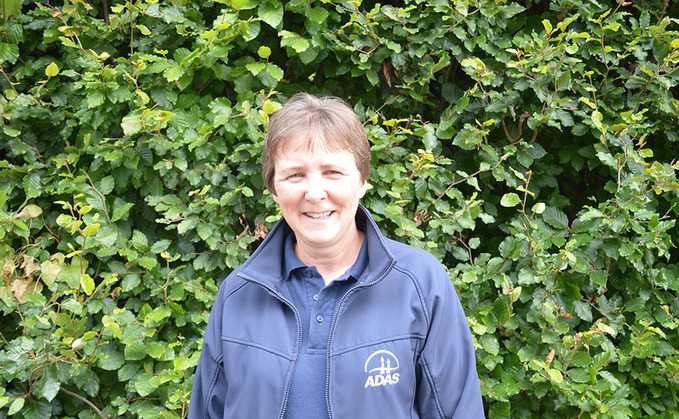
Although less widespread than blackgrass, the increasing threat of Italian ryegrass can be a severe problem on-farm. Peter Crowe reports.
Dr Sarah Cook, senior research consultant at ADAS, describes Italian ryegrass as like black-grass on speed. While cultural methods remain the first line of defence as part of an integrated pest management (IPM) plan, new chemistry using the new active substance, Luximo, could help in the fight against the weed.
Dr Cook, an expert in the subject of weed control with 30 years experience, says: Populations of ryegrass have always been localised but are increasing in other areas. By and large it has been concentrated in the east and south-east of England, but now its spreading.
Independent agronomist Craig Green operates in North Norfolk on soil types ranging from heavy to blow-away sand. He says: I see less black-grass on my clients farms than many agronomists, but ryegrass is one of those problematic weeds which Im seeing more and more of.
Ive seen it increase over the past three years on fields where we arent doing anything different. When youve got ryegrass, it has a high level of tenacity.
Once you hit it with a combine and spread it, it is everywhere. The thing I struggle with is its germination period in my experience it germinates in autumn, the spring and in-between.
Its a real problem for at least 10 of my clients and we have to use a post-emergence herbicide.
Resistance
Experts are also seeing resistance to existing chemistry, both pre and post-emergence herbicides. Dr Cook says: Its difficult to say whether the level of resistance is increasing in ryegrass because we dont have the same information as black-grass.
However, we know that ryegrass has a greater level of resistance than black-grass and it is developing quicker.
Mr Green has identified resistance as an issue with three of his clients. He says: In these cases we have to up our game and change the rotation to deal with it. We have found that ryegrass isnt as persistent in the soil as black-grass, but it favours winter wheat and barley.
Dr Cook adds: Its becoming an issue for more farmers, given that it is more competitive than black-grass, with 20 heads per plant and producing 5,000 seeds, whereas black-grass has 10 heads producing 1,000 seeds.
Fortunately, it is more localised but where farmers have it, it is a greater threat; for instance, black-grass doesnt make the crop lodge, but Italian ryegrass will. In that way, it is similar to bromes.
Tillage
Mr Green says reductions in tillage with more min-till and strip tilling are partly responsible for increases in ryegrass.
When people used to plough regularly we never had bad ryegrass, its the halfway house between direct drilling and ploughing that has favoured ryegrass.
Its also the wider row spacing which encourages it to grow. Given ryegrass similarities to black-grass, Dr Cook says the IPM techniques that can be used are also similar. She says: Techniques such as delayed drilling and killing off weeds before planting seed, are just as effective. Its important to keep monitoring ryegrass once you see it in the crop, start hand-roguing it, rather than waiting for the problem to escalate.
The IPM techniques used with black-grass are applicable but its more difficult to control. Given that ryegrass emerges predominantly in autumn, spring cropping is another possible strategy as it gives you longer to get on top of the weed. However, if you have a high seed population in the seed bank it is possible to get a flush in spring.
Mr Green says: We are trying to break the cycle with a double spring crop. Ryegrass will germinate quite freely while theres moisture and its difficult to get good control in a winter cereal. By having two spring wheats, or spring wheat/beans, it helps to break the cycle.
Its also important to look at the type of cultivation and the kit you are using. Varieties that close the canopy and dont allow the light to the ryegrass can be useful. Dr Cook says: As far as herbicides are concerned, were looking at pre-emergence and getting it at its most vulnerable stage with a timely application soon after drilling.
Combining this with late drilling and using glyphosate pre-drilling is more likely to work better as its cooler. Given the levels of resistance we are seeing, the post-emergence herbicides are less likely to work.
Flufenacet
Stuart Kevis, BASF business development manager, also points to the fact ryegrass has developed target site resistance to post-emergence treatments.
Where farmers have not used pre-ems or cultural controls and have just depend ed on post-emergence chemistry, target site resistance has developed, he says. Perhaps what is more concerning is where we are seeing non-target site resistance to residuals such as flufenacet. In the trials we have done it is difficult to control ryegrass with standalone flufenacet.
Flufenacet is the key component of most residuals and is doing the heavy lifting when it comes to control of grass-weeds, so this is a real concern. If you have got resistance, thats where big populations can build up.
The other residuals are still working but they tend to add efficacy to the flufenacet, so if that is not working then overall the control is poor. In the trials we are carrying out comparing Luximo with flufenacet and untreated plots, we are seeing a big difference in results.
We know that ryegrass has a greater level of resistance than black-grass and it is developing quicker
Dr Sarah Cook
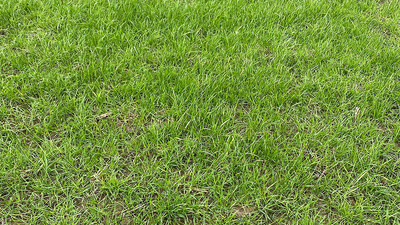
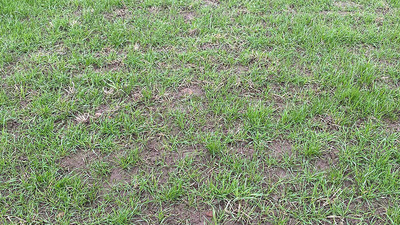
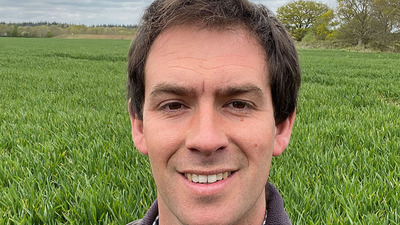

More about Luximo
As an active ingredient, Luximo is currently pending approval, but BASF hopes to have product containing it on the market by this autumn. Mr Kevis says: Luximo provides a new mode of action which is different to existing chemistry, such as flufenacet or pendimethalin. The work we have done in the past 10 years has identified what the mode of action is and it is a new group. Its never been used or sold before in Europe.
We have been doing development and registration work in the UK since 2012, initially looking at black-grass and more recently at ryegrass.
We have been carrying out pre-launch trial work against ryegrass since 2017 and building up a picture comparing solo Luximo with solo flufenacet. We have data from the last four years across 13 sites. On average, we are getting more than 25% percentage points increase in control compared to flufenacet, which is significant. On some sites it is even higher, up to 60 percentage points. These are probably sites where flufenacet is really struggling, but even there, Luximo is working well.
Effect
When you look at the pictures there is very little difference between flufenacet and the untreated plots, but you can clearly see the effect of the Luximo.
Luximo has also been sold in Australia for the last two years and has been successful out there, albeit in different conditions. Mr Kevis adds one single active applied pre-emergence is never going to give you 100% control.
With soil residuals applied pre-em there is always going to be a ceiling as to how much control you can achieve. If approved, we would not sell it on its own or advocate using it without an alternative mode of action. It would always come with partner products and chemistry that will add to the robustness of the performance both from an efficacy point of view and also in terms of resistance.
We are also clear that cultural controls and IPM have a critical role to play. However, Luximo would certainly provide an exciting new option to the chemical control toolbox.
Mr Green has been involved in the trials using Luximo and believes it is one of the best tools he has come across and is highly effective alongside cultural controls.
A word from the sponsor

From expert advice to groundbreaking chemistry, BASFs Strong Against Weeds Together campaign aims to unite growers, agronomists, and industry experts in the fight against problematic weeds, such as black-grass and Italian ryegrass.
To find out more and to visit our virtual trials hub, see basfrealresultsfarm.com.








